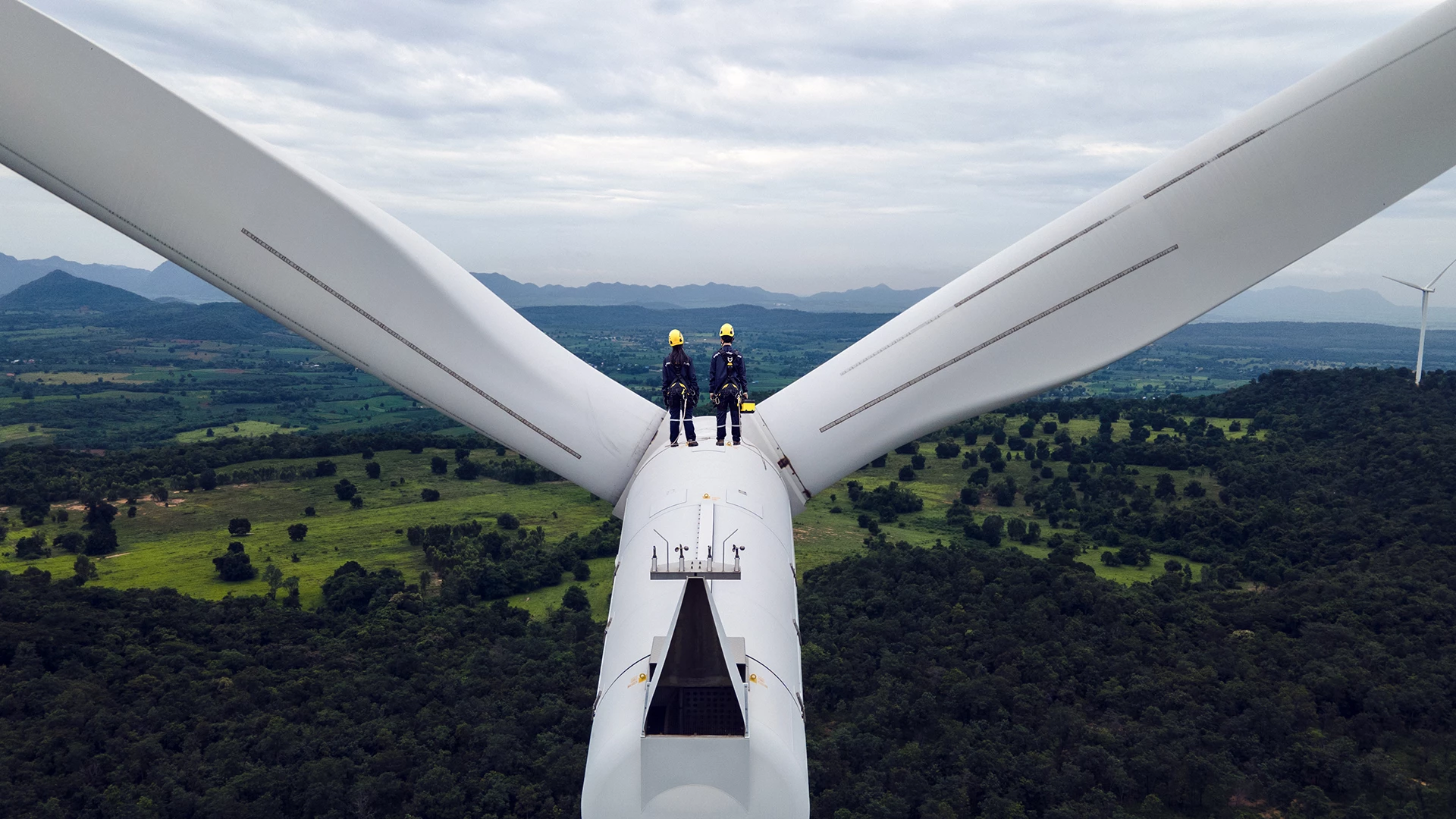The energy transition is now even more critical – project finance is a key enabler
In our most recent Nordea On Your Mind report, Capex IV: Saving the world, we highlighted the global commitment to the renewable energy transition, the Paris Agreement targets to limit global warming and climate change and the massive investments required. The new geopolitical situation, with Europe needing to eliminate its dependence on imported fossil fuels from Russia, has made the transition a top priority. The massive amount of capital required and the nature of the investments should make project finance a relevant tool.
A tool to boost investment capacity when required
Project finance evolved as a tool to help finance investments that go beyond maintenance capex. A business entity would normally raise debt or equity on the merits of its balance sheet and the expected cash flow from its operations. Funding is raised for the whole entity and used for all investments of a normal or incremental nature. However, a different form of funding may be required for unusually large investments or investments in new technologies that will be commercialised. This could apply to infrastructure such as canals, tunnels, roads, bridges, power grids or telecom networks, as well as wind farms, solar plants or battery factories.
Funding of the project, not the players
A project finance transaction structure is designed to fund the project on its own merits and future cash flows, irrespective of its sponsors. The project assets are put in a limited-purpose entity whose debt has covenants and non-recourse to the sponsors, but full recourse to project cash flows and assets. Input and output variables are often regulated through turnkey construction, supply and offtake contracts. The idea is to maximise the visibility of cash flows during construction and subsequent operation, and to ringfence the assets and make them convenient to sell in the event of any default.
Not as risky as you may think
According to global data from S&P, default rates for rated project finance structures are roughly consistent with a BB+ rating in the early phases of projects and a BBB rating in the operational phases. The most common reason for default is market exposure for input or output, followed by technology risk and counterparty risk. Some risks can be mitigated, for example through hedging, supply and offtake contracts and using robust turnkey contractors. For project finance, recovery rates in the event of a default have been superior to both term loans and bonds, not least thanks to the easier transfer of ownership for ringfenced project assets in a dedicated special purpose entity.
Voices from project finance players
We interview Magnus Nygren from state-owned Swedish power utility Vattenfall about how it views and uses project finance, as well as Andreas Kindahl and Michele Sindico from global credit rating agency Standard & Poor's on how it evaluates project finance structures and sees them developing.



